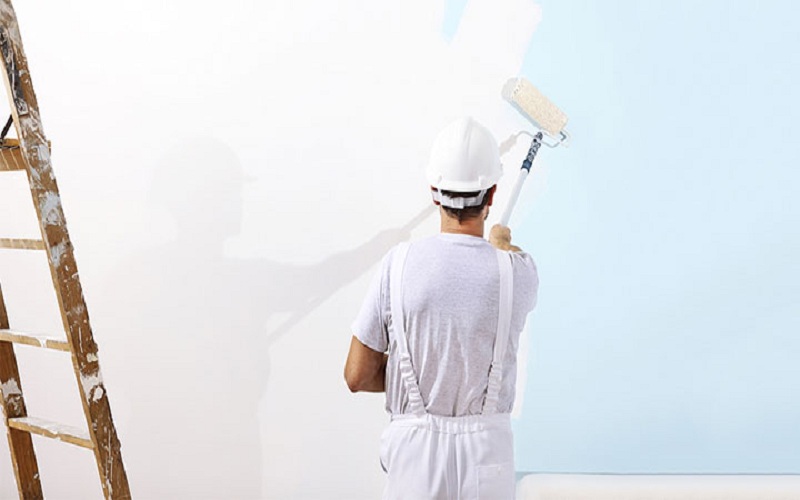The color and texture of ceilings can significantly impact the appearance of a home. For example, white and smooth ceilings make rooms feel bigger. Textured ceilings, such as popcorn ceilings can help to cover up imperfections and provide a functional purpose. Although textured ceilings are capable of hiding cracks and seams, they still need a refresh through painting.
What Are Textured Ceilings
Textured ceilings are often achieved by using a sand and spreading it in specific patterns to create an uneven and bumpy finish. Common finishes of ceiling texturing Calgary include skip trowel finish, orange peel look, and knock-down stripple effects. Skip trowel is often used in large strokes to create a Mediterranean feel. Orange peel look has subtle bumpy appearance, whereas knock-down stripple effects have bumpy and rough textures, and you may create them with depth.
Products and Materials Required
Before you start ceiling texturing project, it will be important to gather the right products and materials. These may include the following:
- Roller or paint sprayer – Depending on the texture you choose, you may need either a roller or a paint sprayer. A roller allows for textured and controlled finishes, while a sprayer is suitable to achieve an even application.
- Drywall primer – Applying a primer on drywall is an important step that helps to ensure textures adhere properly. The primer will create a more uniform surface, improving the overall appearance and durabilityof a finished ceilings.
- Texture mix – Opt for a texture mix, which aligns well with your vision. Whether you like an orange peel, knockdown, or skip trowel, the mix will dictate the final outcome.
- Joint compound – Use quality joint compound so as to create a workable and smooth co The compound will serve as the foundation of the textured finish.
- Safety gear –Put safety first when texturing ceilings. This may involve wearing gloves to keep your hands safe, dust mask to avoid inhaling harmful substances, and googles to protect your eyes against particles.
Why Ceiling Texturing?
Ceiling texturing is the best way of adding dimension, minimize echo in the house, and dampen sound. It also has a more updated and subtle appearance. When a professional is involved, the process can improve the appearance of a room. Texturing doesn’t just add depth. It also adds style and character to a surface, which may help to improve the appearance of a space. A knockdown texture, popcorn texture, or a smooth finish may add a drama, too. In addition, by applying many thin layers instead of one thick coat, house painters will ensure they get complete coverage without worrying about runs that can develop over time because of gravity impacts on the thick coats of a paint. With little effort and preparation, ceiling texturing using a good roller can give painters satisfaction – something that even a novice painter can do these days.
In conclusion, ceiling texturing is an exciting way of adding value and beauty to a home. You may easily match wall and ceiling fixtures, but it will be far much better to opt for contrast. Contrasting walls and ceilings will make your home look more valuable and personal.





